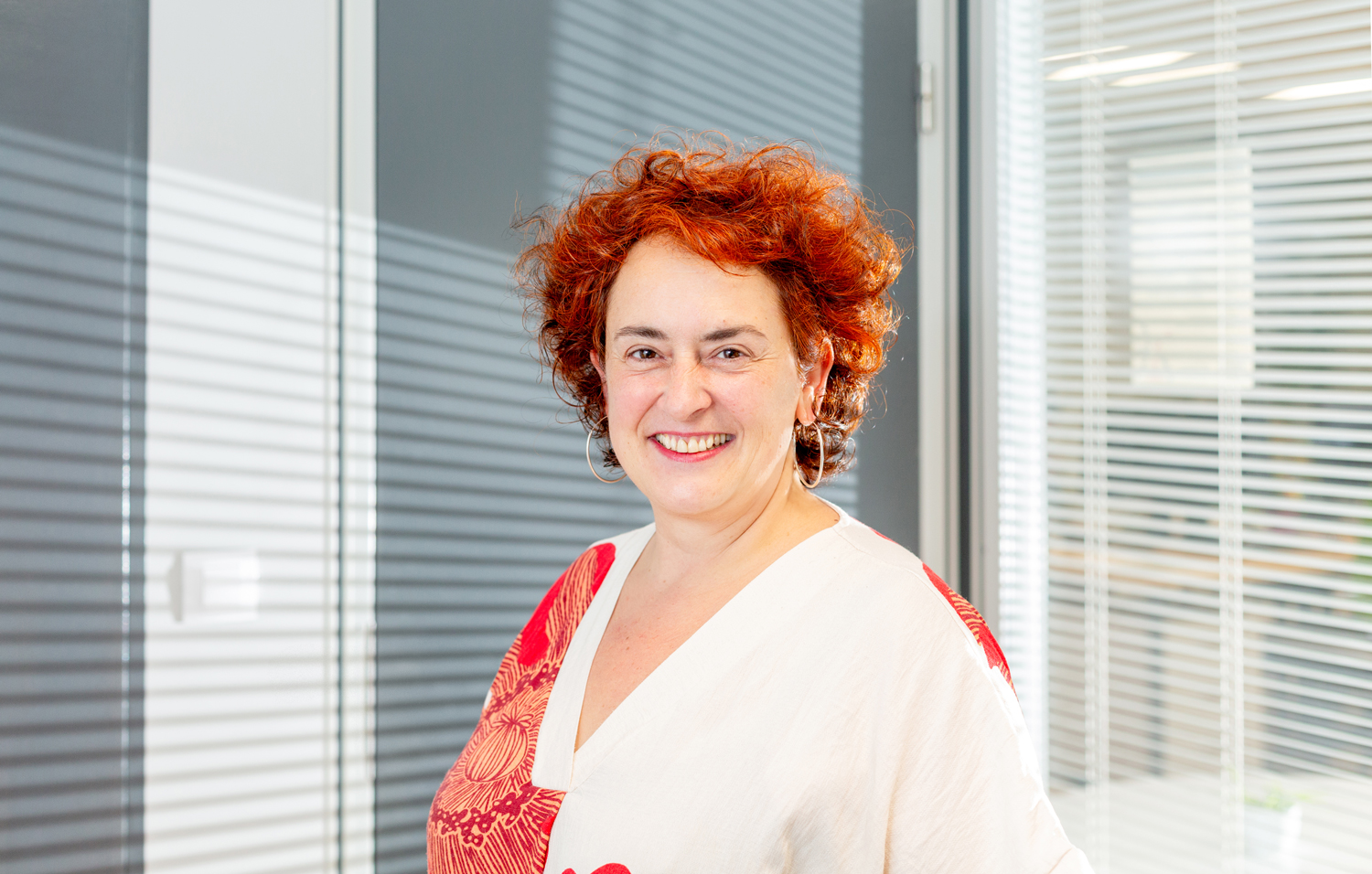They study the relationship of immigrants who reached Raise in the decades from 1950 to 1970 with the Basque Country.
- The Sociolinguistics Cluster has analyzed the experiences and attitudes that citizens migrated from Spain to the Donostia neighborhood of Altza have had with the Basque Country. Immigrants did not need Euskera for social and labor integration. Conversely, vasco-speakers experienced the migratory process as a flood, from pain and disability.

The changes in Altza must be contextualized in the migratory processes of the time. Immigrants came from Spain, mainly to Bizkaia and Gipuzkoa.
The research carried out by the Cluster of Sociolinguistics has had two objectives. On the one hand, those citizens who arrived in the Altza neighborhood had experiences, opinions and attitudes towards the Basque people. On the other hand, the research group considers that this work can serve to analyze the presence of Euskera in current migrations.
The working group has used in-depth interviews and discussion groups. These sessions have brought together citizens of four characteristics: People who came from the 1950s to 1970, their descendants, who were already living at the time in Altza, and their children.
The full report is available at the following address.
The article resulting from the report is in Bat magazine.
A summary of the findings of the research group is presented below.
- The integration process for the survival of immigrants was carried out through the solidarity networks created jointly. Labor and school integration was a success, although the process was not easy, like the previous one. In these phases of integration, direct relations with local Basque society were scarcely maintained, except those established by the labor and administrative elites. The socio-linguistic and economic situation of the host society allowed the successful development of this labor integration without the Basque and hardly related to the Basques, that is, with the social and work success among them.
- The immigrants who dominated the hegemonic language of the host society did not need the Basque to integrate in these two phases; the prestige of the Basque was marginal and that made the Basque invisible. Thus, the relationships that emerged in the first years were very superficial, lived in two worlds that were barely touched.
- The people who spoke of Galego showed in some cases empathy with the Basque because the persecution originating from the minority situation regarding their language allowed them to know more closely the situation.
- The large demographic dimension of immigration caused, in a few years, a strong deterioration in the ethno-linguistic vitality of the Basque Country, which weakened the linguistic and cultural community from the point of view of the Basque community. This process was experienced as a flood by Basque speakers, from pain and disability.
- Since social integration, the relationship of integration between immigrants and locals in Altza begins and develops. As a result of the social movements in favour of the Basque Country in the period of transition and subsequent linguistic policy (since 1982), the climate of social change also triggered an activation in the revitalization of the Basque country. The message in favor of the Basque country left a mark on immigrants and their inhabitants.
- Cultural integration also contributed to naturalization. The affective and identity relationships with the origin and the host society were very different between the immigrants and their descendants. Accordingly, different cultural relations have been detected among immigrants.
- In this integration, the values of Euskera have not been homogeneous either: immigrants have recognized Euskera as an instrumental value for their children, as a key to advancing the society of the future. But not for the first-generation, because they had a lot of work with job integration. In a way, they had a successful social integration, but not so much the socio-linguistic integration of the Basque Country.
- The integration value of the Basque Country was later perceived by the immigrants, while the prestige of the Basque country was restored and only for the second generation. This vision was decisive for the construction of bridges between immigrants and locals: the approximation between the “two worlds” departed from the social and cultural dimension, rather than the labor dimension.
- Cultural integration should take into account the simplification and consolidation of accessibility to local culture. In this case, the use of two-way channels is essential from the point of view of interculturality and interculturality to build the bridges that will come. That is how socio-linguistic integration can be allowed.
- It is confirmed that there was a degree of confrontation between immigrants and Basques around the linguistic conflict, but most did not experience it as a significant conflict. In fact, immigrants and descendants considered it appropriate to conduct a linguistic policy in favor of the Basque country and, in general, understand that measures are established to protect and promote the Basque country. In any case, the reality of the linguistic conflict has not only been detected in the immigrant population, but the Basques also mention the pain produced by the need to always adapt to the practice of speaking Spanish. In other words, they think that instead of immigrants adapting to the linguistic reality of their country, they have necessarily had to adapt to the linguistic reality of immigrants.
There are no breathing spaces without proper speakers. Native speakers are the support, the oraceration, the mainstay and the foundation of the respiratory zones.
But let's start at the beginning: what are the respiratory zones? The word Arnasa is a word translated into Basque... [+]
Kaleko 71.000 elkarrizketa eta 227.900 solaskide behatu dituzte UEMAko herrietan, eta 2017koa baino ikerketa are sendoagoa burutu dute. Erabilera orokorra ez da ia aldatu: bostetik hiru aritzen dira euskaraz. Adina eta generoaren arabera badira desberdintasun batzuk.




















